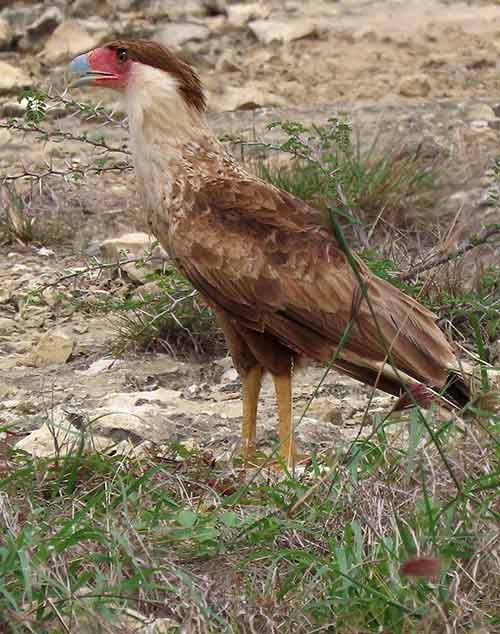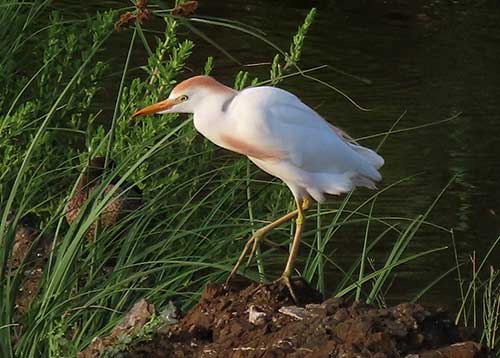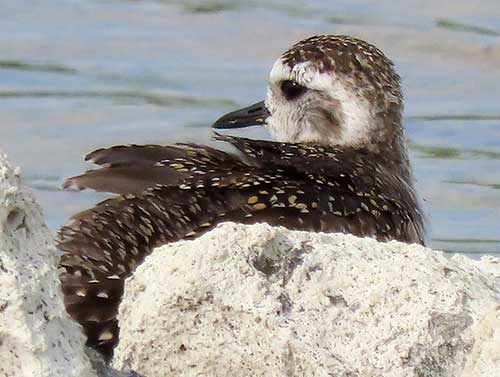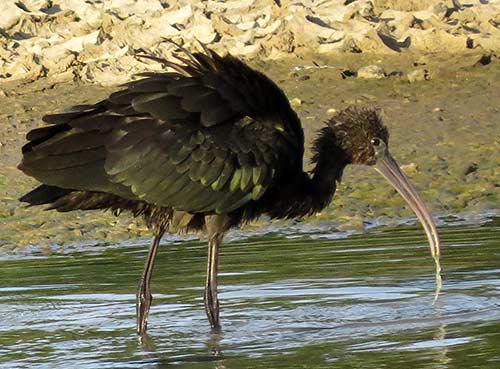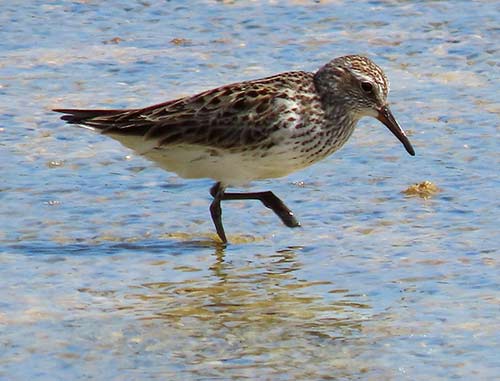Bonaire’s Global Big Day, May 2021
84 species logged on Bonaire in just 24 hours!
Posted May 14, 2021
Bonaire’s Global Big Day for spring migration got four of the island’s local birders out for over 35 cumulative hours of birding!
Last Saturday was the May Global Big Day birdwatching event. Four local eBirders spent over 35 cumulative hours crisscrossing Bonaire to find and count as many species as possible. Birding separately to accommodate COVID-19 protocols, we did cross paths on numerous occasions throughout the day.
For the intrepid birders, the “day” began at 5:00 AM and finished at 7:30 PM, well after sunset. We walked the shorelines of the island’s salinas, beaches, and salt ponds, and we trekked the island’s dry forests and fields with the hope of meeting or beating Bonaire’s Global Big Day record of 91 species (October 2020).
Although Global Big Day occurred a bit late in our spring migration, we still found a nice number of migrating shorebirds and many were displaying the beginning of their elaborate summer (breeding) plumage.
Highlights of Bonaire’s Global Big Day, May 2021.
Bonaire’s four active eBirders on Global Big Day 2021 logged 45 checklists encompassing a total of 84 species covering 40 island hotspots. These 84 species observed account for approximately 35% of the island’s recorded bird species (currently standing at 240 species) logged in just one day.
And although we didn’t quite meet our impressive count from October Global Big Day 2020, that just gives us an additional incentive for the next global bird count this October!
Noteworthy observations on Bonaire’s Global Big Day, May 2021.
Cattle Egret in breeding plumage.
It’s always enjoyable to espy a Cattle Egret here on Bonaire, but it becomes extra special when the egret is in breeding plumage.
In normal plumage, the Cattle Egret is uniformly white with dark legs. However, in breeding plumage, as illustrated here, the legs turn yellowish, and the crown, bill, and chest will turn a deep orangish color.
American Golden Plover
Although not unusual to find the American Golden Plover on Bonaire during fall migration, it IS unusual to find it during spring migration. This same individual was first spotted about one week prior to Bonaire’s Global Big Day, and it conveniently stayed around so it could be counted on May 8th! In the seven to ten days since its first sighting, the plover molted into more golden hues, and, in this image, one can even see the flecks of gold on the upper parts.
Glossy Ibis
Last September, I was absolutely thrilled to come across a grouping of six Glossy Ibis, the largest grouping ever reported for Bonaire on eBird. This month, a single Glossy Ibis was spotted the week before Global Big Day, and the ibis also was accommodating to stay long enough to be counted in Bonaire’s species. The Glossy Ibis isn’t migratory, but rather nomadic, so it travels around at its will. I wonder if the ibis we spotted on Global Big Day is one of the six spotted last September?
White-rumped Sandpiper
This small Nearctic sandpiper makes one of the longest animal migrations in the Western Hemisphere, with just a few, very long, non-stop flights, each of which can take as long as 60 hours, rocketing these amazing sandpipers 4000 kilometers/2500 miles further along their migration path!
During spring migration, the sandpiper will start its flight plan from the southern reaches of South America, with the Canadian Arctic as its final destination, where it will breed during the summer months. Bonaire is an excellent halfway point for the White-rumped Sandpiper to rest and refuel its fat reserves for the next leg of its long journey.
Bonaire’s eBirders were part of BirdsCaribbean’s Flying Pintails Team.
All four Bonaire eBirders joined the Flying Pintails team, led by BirdsCaribbean director, Lisa Sorenson. These teams for Global Big Day add a friendly, competitive spirit to the day. In May 2020, the Flying Pintails led the way to first place, with a whopping 865 species observed in a single day. The team was made up of 88 birders from around the world and coasted into first place by just a handful of species.
The competition slightly changed in 2021, because islands were encouraged to form their own teams to raise funds for a Motus tower on their island. This caused the Flying Pintails to have fewer team members, with only 31. However, these far-flung team members still managed to log 724 species (but the final tally is still to be determined). Team members ranged from New Zealand to the United States, the Caribbean, and Bonaire. Will it be enough to defend our title? Time will tell! Fingers are crossed!
Images courtesy of the author.
About the author:
 Susan has been living on Bonaire for over 30 years. She is a certified bird guide, as well as a topside and underwater photographer. She is a 2016 graduate of the Caribbean Birding Trail Interpretive Guide Course conducted by BirdsCaribbean.
Susan has been living on Bonaire for over 30 years. She is a certified bird guide, as well as a topside and underwater photographer. She is a 2016 graduate of the Caribbean Birding Trail Interpretive Guide Course conducted by BirdsCaribbean.
Reach out to Susan
Contact Susan via email, Facebook Messenger, give Susan a call, or simply use the online form below.
If you have any questions in regard to your birding tour on Bonaire, feel free to contact Susan to get answers. She is always happy to elaborate on routes or best times for a tour based upon your own personal preferences. Tours can be tailored to your own interests, whether that be birds, photography, or both!
It is also recommended that you do some homework about Bonaire's birds before you visit. By knowing a little bit about the birds which might be encountered on tour, your enjoyment will be heightened! Be sure to check out these resources for Bonaire Birding. Reading the Bonaire Bird Blog will also accustom you to the birds that habitually are encountered on Bonaire.
Facebook Messenger
Get in touch via Facebook Messenger
Telephone
Get In Touch
Get in touch with Susan to check availability for the dates you are visiting Bonaire.
Consent: By using this form you agree with the storage and handling of your data by this website.

